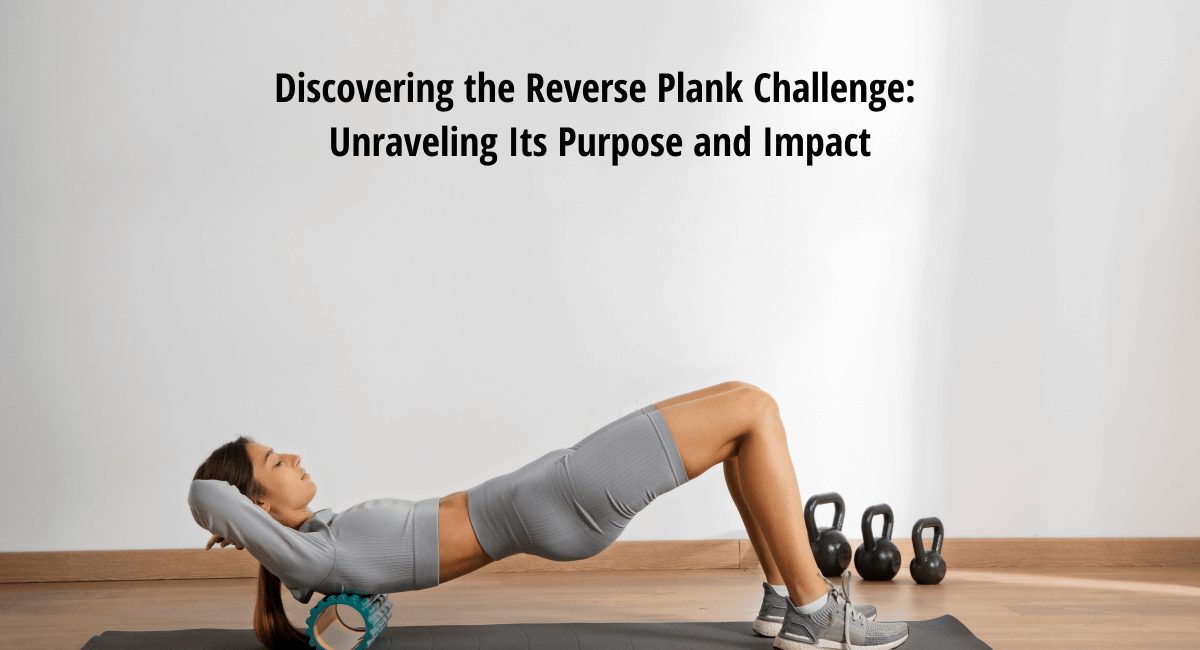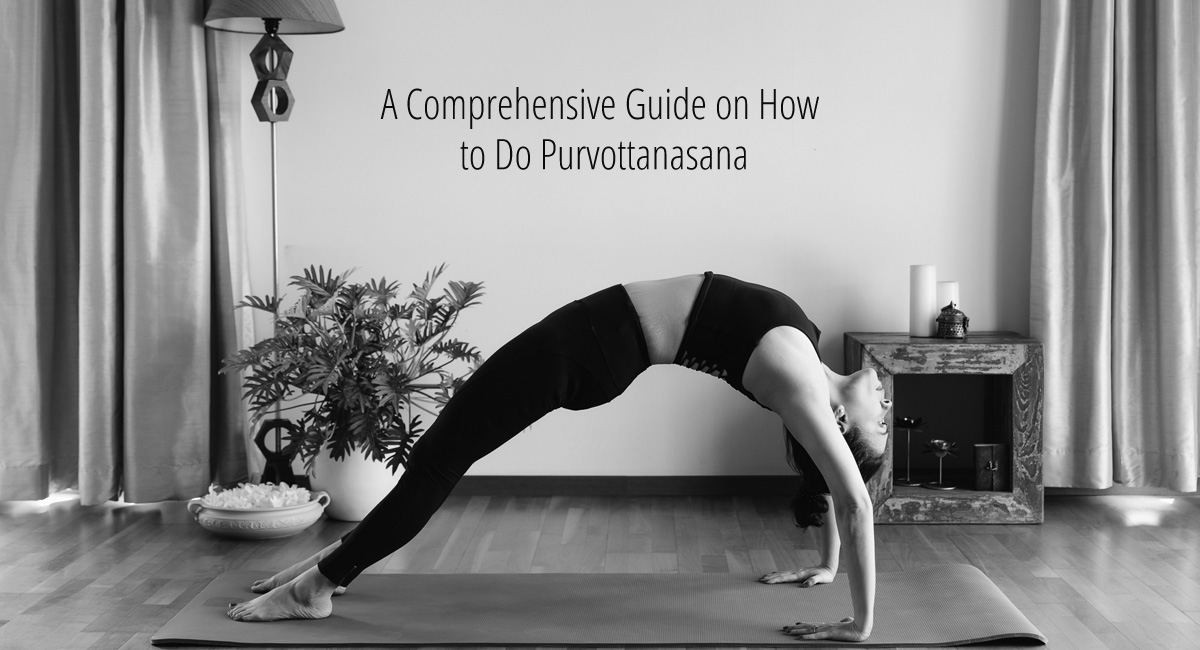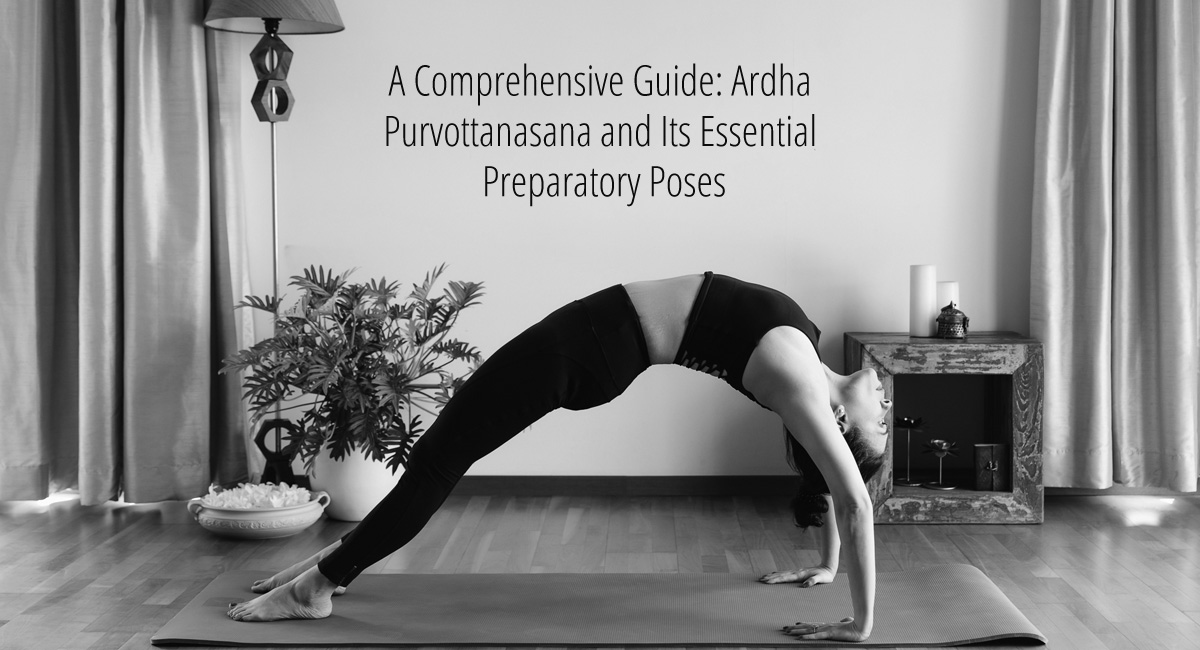
Is Agnisar Kriya Good For Diabetes?
Table of Contents
Agnisar Kriya is a yogic practice that involves the rapid contraction and relaxation of the abdominal muscles. This technique is believed to stimulate the digestive system, boost metabolism, and improve overall health. While Agnisar Kriya is not a cure for diabetes, it may offer some benefits for individuals with the condition. In this blog post, we will explore the potential benefits of Agnisar Kriya for diabetes management.
First, it’s important to understand that diabetes is a chronic condition characterized by high levels of blood sugar. The two main types of diabetes are type 1 and type 2. In type 1 diabetes, the body does not produce enough insulin, a hormone that regulates blood sugar levels. In type 2 diabetes, the body becomes resistant to insulin, which can lead to high blood sugar levels over time.
While there is no cure for diabetes, lifestyle changes such as diet and exercise can help to manage the condition. Yoga, including Agnisar Kriya, is a form of exercise that can be helpful for individuals with diabetes.
Here are some potential benefits of Agnisar Kriya for diabetes management:
1. Improved digestion
Agnisar Kriya is believed to stimulate the digestive system by increasing blood flow to the abdominal organs. This can help to improve digestion and relieve constipation, which is a common symptom of diabetes.
2. Boosted metabolism
Agnisar Kriya can help to increase metabolic rate, which is the rate at which the body burns calories. This can be helpful for individuals with diabetes who may be overweight or have trouble maintaining a healthy weight.
3. Reduced stress
Stress can trigger blood sugar spikes in individuals with diabetes. Agnisar Kriya is a relaxing and meditative practice that can help to reduce stress and promote relaxation. This can help to regulate blood sugar levels and promote overall health.
4. Improved insulin sensitivity
Research suggests that yoga can help to improve insulin sensitivity, which is the body’s ability to respond to insulin. By improving insulin sensitivity, the body can more effectively regulate blood sugar levels, which can be helpful for individuals with diabetes.
5. Lowered blood sugar levels
There is limited research on the effects of Agnisar Kriya specifically on blood sugar levels, but studies have shown that yoga can help to lower blood sugar levels in individuals with diabetes. By reducing blood sugar levels, yoga can help to prevent complications associated with the condition.
While Agnisar Kriya may offer some benefits for diabetes management, it’s important to note that it should not be used as a substitute for medical treatment. Individuals with diabetes should work with a healthcare professional to develop a comprehensive treatment plan that includes diet, exercise, and medication as needed.
It is important to practice Agnisar Kriya with awareness and respect for your body’s limitations. The rapid contraction and relaxation of the abdominal muscles can be intense, and individuals with certain health conditions such as hernias or high blood pressure should avoid the practice.
To practice Agnisar Kriya, start by standing with your feet hip-width apart and your knees slightly bent. Place your hands on your thighs and exhale all the air from your lungs. Then, pull your abdomen in and up, creating a vacuum in your chest. Hold the contraction for a few seconds, then release and inhale. Repeat this practice for several rounds, gradually increasing the number of repetitions over time.
Agnisar Kriya is a yogic practice that may offer some benefits for diabetes management. By improving digestion, boosting metabolism, reducing stress, improving insulin sensitivity, and lowering blood sugar levels, yoga can be a valuable tool for individuals with diabetes. However, it’s important to practice with awareness and respect for your body’s limitations and to work with a healthcare professional to develop a comprehensive treatment plan that meets your specific needs. It’s also important to maintain a healthy diet and engage in regular exercise to support your overall health and diabetes management.
In addition to Agnisar Kriya, there are many other yoga poses that can be beneficial for individuals with diabetes. Poses that involve twisting, such as Bharadvajasana (Seated Twist), can help to stimulate the digestive system and improve insulin sensitivity. Poses that involve forward bending, such as Paschimottanasana (Seated Forward Bend), can help to massage the abdominal organs and improve digestion. Poses that involve gentle inversion, such as Viparita Karani (Legs Up the Wall), can help to improve circulation and reduce stress.
It is worth noting that Agnisar Kriya may not be suitable for everyone with diabetes. Individuals with high blood pressure, heart disease, or other health conditions may need to modify or avoid certain aspects of the practice. It’s important to consult with a healthcare professional before starting a new yoga practice or making changes to your existing routine.
In addition to the physical benefits of yoga, the practice can also be helpful for managing stress and promoting mental wellness. Stress is a common trigger for blood sugar imbalances, so finding ways to reduce stress through yoga, meditation, or other relaxation techniques can be an important part of diabetes management.
Agnisar Kriya is a valuable tool for individuals with diabetes who are looking to manage their condition and promote overall health and wellness. By combining yoga with other lifestyle changes, medical treatment, and ongoing self-care, individuals with diabetes can work to maintain healthy blood sugar levels, improve insulin sensitivity, and reduce the risk of complications. If you are considering incorporating Agnisar Kriya or other yoga practices into your diabetes management routine, be sure to consult with a healthcare professional and work with a qualified yoga teacher to ensure that you are practicing safely and effectively. Visit our company website to get to know more about the same.
Interested in joining a yoga class or workshop? Enquire now!

I am a Pune based artist, Kathak dancer, Dance Movement Therapist, and an avid Yoga practitioner/ teacher. I am also the Director at the Sakal Media Group, a Trustee of Pune Blind School and Nirdhar Trust.
Being a part of Sakal Media Group, with its strong foundation of service and ethical journalism, I am deeply committed in making this world a better place by pushing boundaries, giving opportunities to others, following my convictions, helping others make better choices and to tell powerful stories that will help reshape the world we live in.





